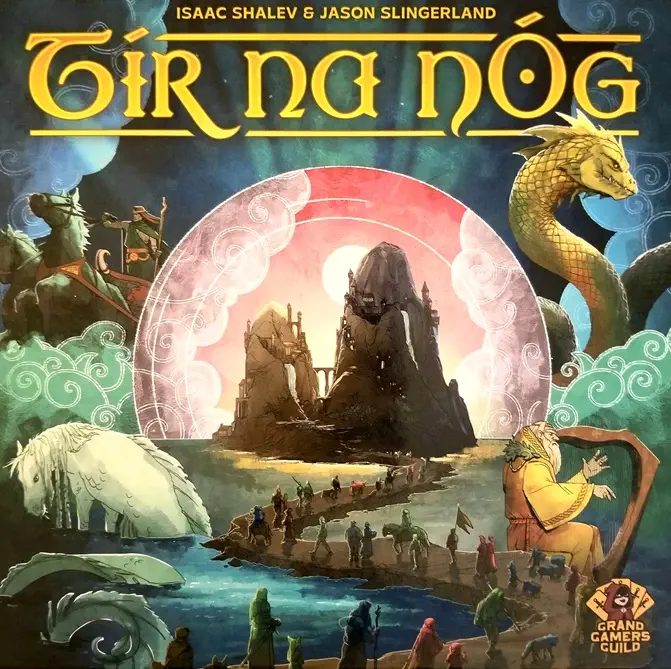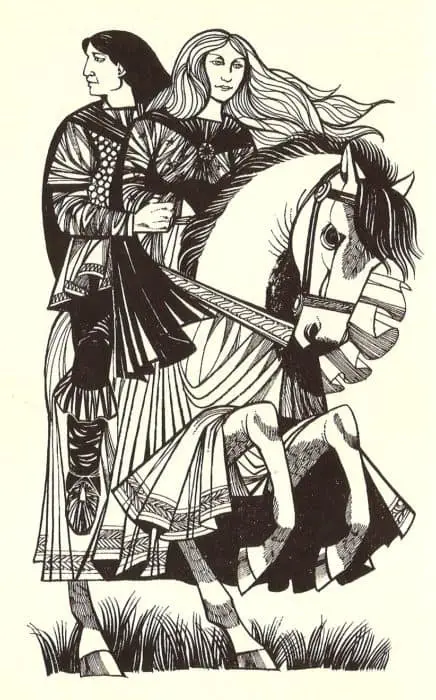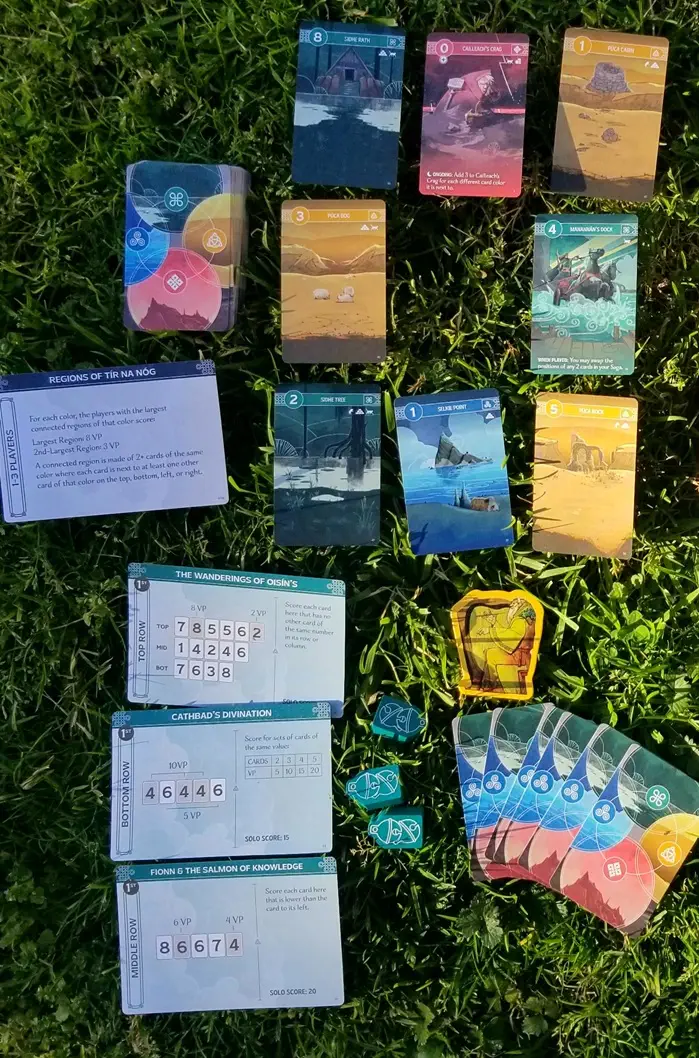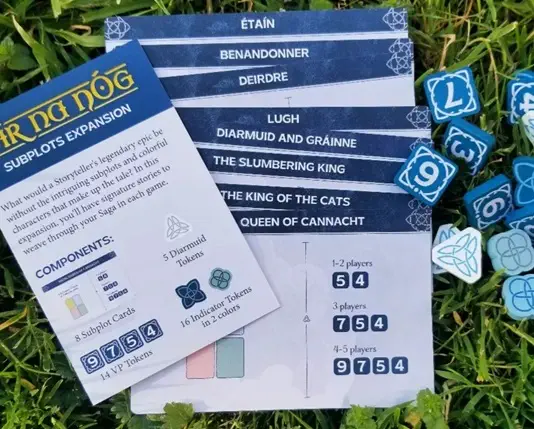The Celtic Otherworld, home of the Tuath Dé, is made up of many different places only accessible with an invitation. Tír na nÓg (a.k.a. the “Land of the Young”), a mythical realm untouched by time where fey and their ilk dwell and heroes embark on great quests, is one such location. One particular tale that stands out from Irish folklore is that of Oisín, son of Fionn mac Cumhaill, and Niamh, daughter of the King of Tír na nÓg. Niamh came to Ireland in search of Oisín, who immediately fell in love with her at first sight. The two returned to her homeland where they lived, loved, and ruled happily for three years before he fell prey to his sadness and longing to return home to his father and his friends. Niamh allowed him to leave as long as he promised never to touch the earth and gave him her horse for the trip. However, as these tales often go, Oisín was unable to fulfill his promise and met his demise before he was able to return.

Following in the footsteps of Oisín and Niamh, 1-5 players have the opportunity to enter the realm of Tír na nÓg. Players will take on the role of storytellers competing to return from their journey with the best story (a.k.a. saga). Each game of Tír na nÓg takes place over 5 rounds where players can come across many easily recognizable characters and entities from Celtic lore. This mythical realm and its inhabitants are given fresh life with stunning illustrations by Marlies Barends and Brigette Indelicato. Tír na nÓg was designed by Isaac Shalev and Jason Slingerland and published by Grand Gamers Guild after a successful crowdfunding campaign on Gamefound.
At its core, Tír na nÓg is a game of storytelling and strategy. The objective? To journey to the Otherworld by placing Storytellers between Story cards in a shared grid. These Storytellers act as bridges, connecting the tales that unfold throughout the game. Players take turns placing Storytellers on the grid, strategically positioning them to maximize their influence over the developing saga. Once all Storytellers are in place, players draft cards and add them to their hands. These cards represent the threads of their personal sagas. From their hand, players add cards to their tableau—one card to their hand and one card played. Each card contributes to the player’s evolving story, creating a tableau that reflects their choices and aspirations. After five rounds, it’s time to score. Rows are evaluated based on the rules specified by corresponding Geas cards. Additional points are awarded for having the most connected Story cards of each color. As the sun sets on Tír na nÓg, the player with the highest score emerges victorious, their saga etched into the annals of Otherworldly lore.
Tír na nÓg presents players with a delightful puzzle. Balancing the placement of Storytellers, drafting cards, and weaving a cohesive saga requires foresight and adaptability. Some cards come with added abilities, enhancing or complicating your narrative. The distribution of numbers and abilities feels solidly balanced, ensuring that no two sagas unfold the same way. In addition to the Geis cards that help craft players’ sagas, there’s a Subplots expansion, which weaves even more stories and strategies into the game. While it adds depth, we felt the expansion also added the involvement in the story-crafting aspect that wasn’t as strong in the base game as we would have liked. This expansion fixed that for us and made the experience more well-rounded as a whole.
Our only issue with the game was the cards and some specific color choices. Though the symbols and shapes helped tremendously, some color choices for the meeples were still hard to discern for our colorblind gamers and the cards feel a little thin. Though I have faith that the materials used in these cards are solid, I opted to sleeve them anyway as they were already beginning to fold and warp after a week of heavy gaming. The artwork and theme themselves, however, evoke the enchantment of Irish folklore. The cards depict mystical landscapes, ethereal beings, and moments frozen in time. As you build your saga, you’ll feel like a bard spinning tales by the fireside, captivating your audience with every choice. Tír na nÓg isn’t a game for the impatient. It emphasizes thoughtful planning, patience, and a love for storytelling. If these things draw you in, then this game may be just the thing you are looking for. While it won’t appeal to everyone, it stands as a classic—a gateway to a realm where imagination knows no bounds. If you seek a board game that transports you to a magical Otherworld, consider embarking on this mythical journey. May your sagas be as timeless as the land of Tír na nÓg itself.
All images used for this review were taken and edited by Krista unless otherwise specified. We opted to write a review using our crowdfunded copy of Tír na nÓg, so this review is not sponsored.


